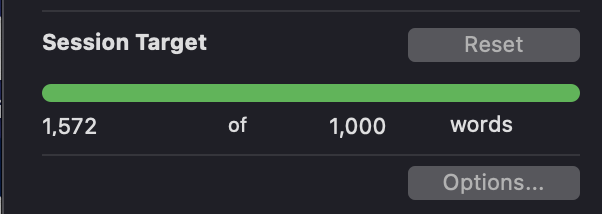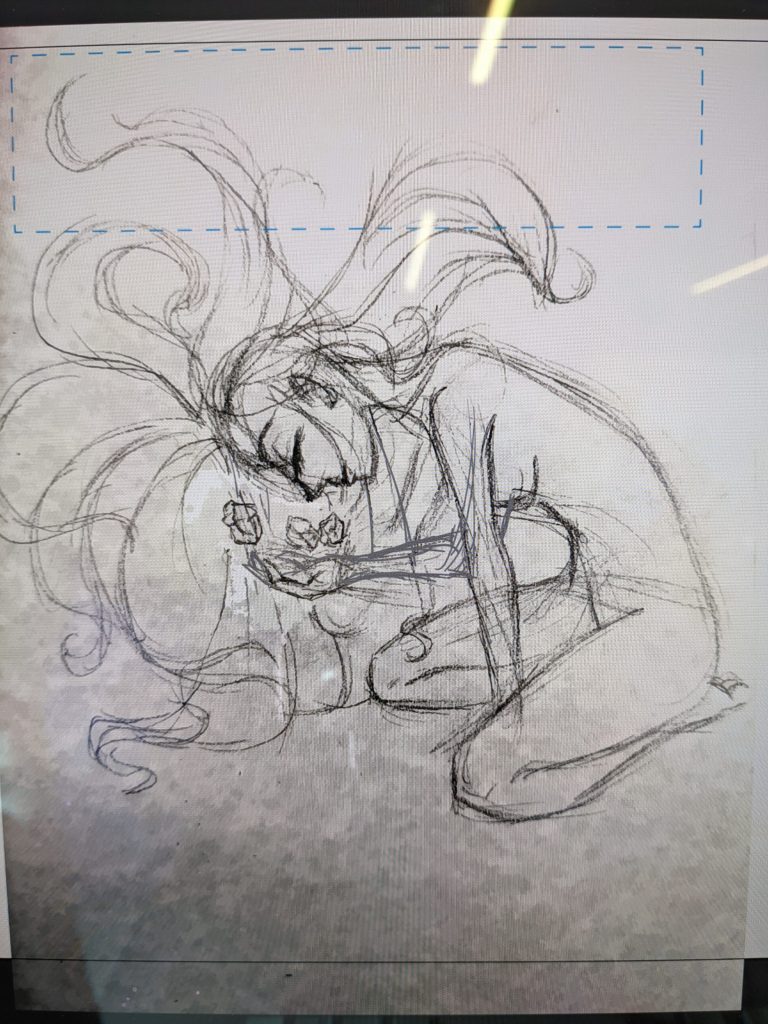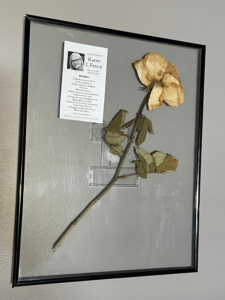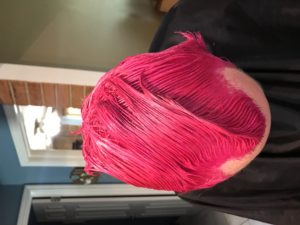Breaking the Fourth Wall:
The Chidings of E. Nesbit in Five Children and It
E. Nesbit was already a successful novelist by the time she turned her hand to crafting works for children. Growing up in numerous towns dotting England and France, she led a relatively happy childhood until ultimately moving back to London. A socialist and partaker in a rocky marriage, Nesbit continued writing children’s books over the course of her lifetime, creating worlds of the fantastic that would inspire authors such C.S. Lewis. She wrote at least 40 novels and collaborated on many more until her death in 1924.
As a writer, I, too, deal primarily deal with the world of the fantastic, where mundane life is peppered with a little magic here and there. Nesbit was the same, taking inspiration from the reality that surrounded her and bringing in snippets of fantasy into her imagined realms. As a child one of my favorite books was Five Children and It, the tale of five young children who discover a Psammead – referred to as a sand-fairy – who, once a day would grant the children a wish. This, of course, becomes the ultimate conflict of the novel: the wishes never go quite as planned, such as when the children ask to be able to fly only to become trapped on a church steeple (all of wishes granted by Psammead ended at sundown).
What I found particularly fascinating about the novel was Nesbit’s propensity to “break the fourth wall,” or rather, have the narrator break narration to make some comment or social remark. While slightly jarring at times, Nesbit becomes something of a forceful Hans Christian Anderson – her work has moral lessons and some questionable asides – but rather than let the narrative always convey that moral, Nesbit at times might just tell the reader what to think:
This is why so many children who live in towns are so extremely naughty. They do not know what is the matter with them, and no more do their fathers and mothers, aunts, uncles, cousins, tutors, governesses, and nurses; but I know. And so do you now.
It is moments such as those that show a shift in narrative voice, one from that of the passive observer to authoritarian. Nesbit is at once informing us of the order of the world, but directly doing so by addressing the reader as though he or she was a child needed scolding. At times, it can be light-hearted information:
“’Humph!’ said the Sand-fairy. (If you read this story aloud, please pronounce ‘humph’ exactly as it is spelt, for that is how he said it).”
There are times, of course, that Nesbit seems to be aware of the extent of her voice. For example, she states “[l]ending ears was common in Roman times, as we learn from Shakespeare; but I fear I am becoming far too instructive.” This style of breaking the fourth wall has been mimicked by authors such Lewis, Carroll, and others.
This style and acknowledgement of occurrences of a magical nature by the other lends itself to creating a liminal space for the reader between the story and the storyteller. Nesbit embraces the concept of the uncanny, a type of fantasy described by Tzvetan Todorov in his classification of the genre. The uncanny, in this instance, is in the moments in which Nesbit breaks the fourth wall and confronts her readers; when readers realize there are magical explanations for the goings-on of the five children, and accept that the mechanics by which the world operates – fairy magic is real – [the work] becomes the opposite classification of the genre, known as the marvelous.
Is this style successful in Five Children and It, or does it break immersion for the reader and take away from the work? For me, it is a question of “telling” versus “showing;” Nesbit at times reveals perhaps too much information rather than give the reader an image with which to work:
I shall not tell you whether anyone cried, nor, if so, how many cried, nor who cried. You will be better employed in making up your minds what you would have done if you had been in their place.
On a personal level, this style did in fact put me off at times. One could certainly read these quips as a series of mere cheeky asides, but there were moments when I felt as though the book should have been titled Five Children, One Adult, and It. I wonder if her tone would remain the same had book been written not in 1902 but in 2018.
Ultimately, Five Children and It is playful romp that delivers a lively – albeit with a slightly forgettable cast of characters – story and, with the help Nesbit herself, some critique of her time period as well. Lines such as “You can always make girls believe things much easier than boys” give the reader a glimpse into what Nesbit’s society believed. I doubt strongly a sentence such as the previous quotation would make the cut for the contemporary children’s novel. These lines distract from the wonder and consequences of the children’s wishes: they are an interruption into a fairly simple narrative that could do without a chiding from its creator.
Still, E. Nesbit remains to this day a beloved author, cherished for her fantastical worlds; I appreciate her contribution to the field of children’s literature. She possessed the ability to straddle both the marvelous and uncanny as described by Todorov, even if her direct addressing of facts to the reader could sometimes detract from greater narrative. As a writer, I find myself avoiding this style, but nonetheless respect the story she was able to create in Five Children and It.







